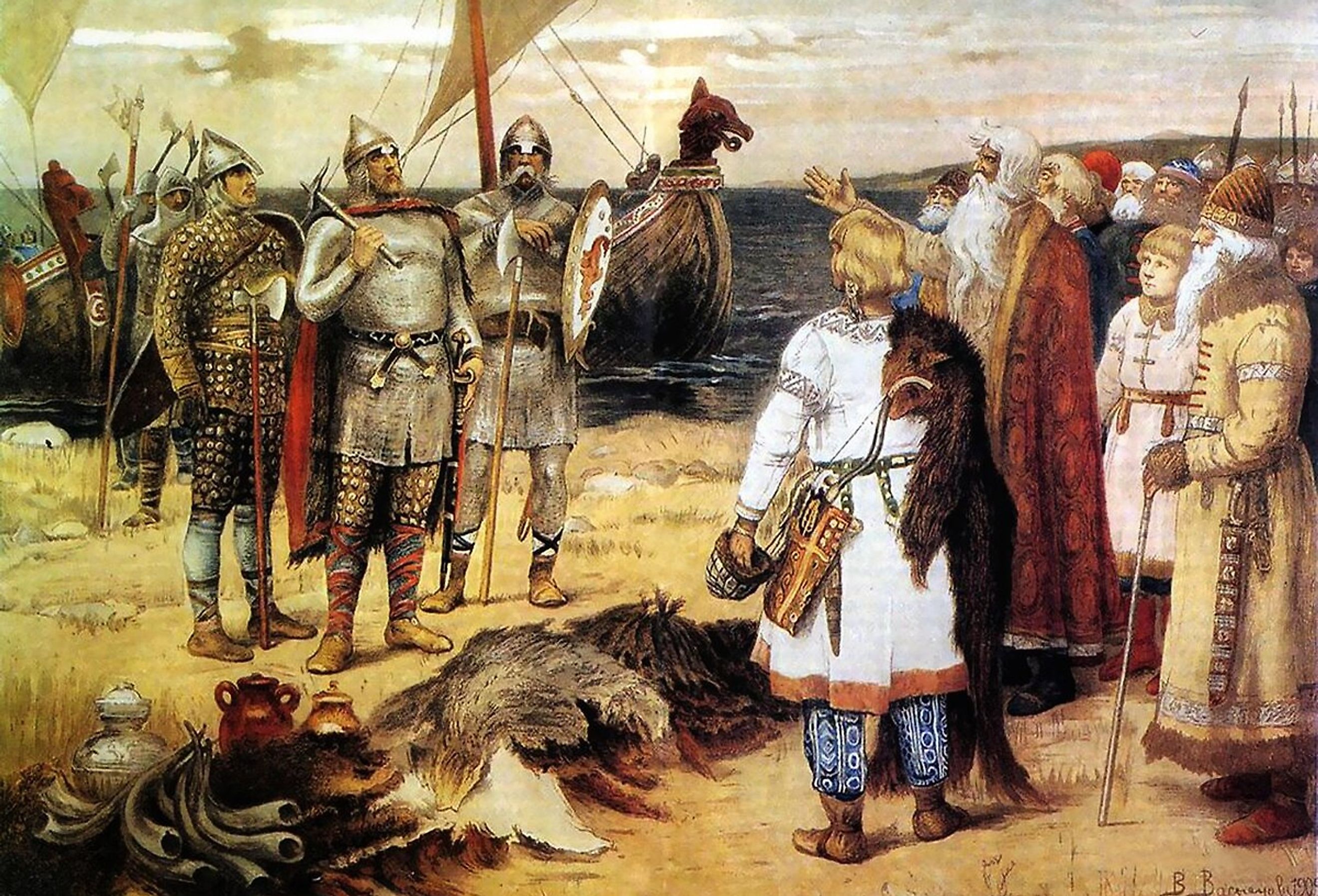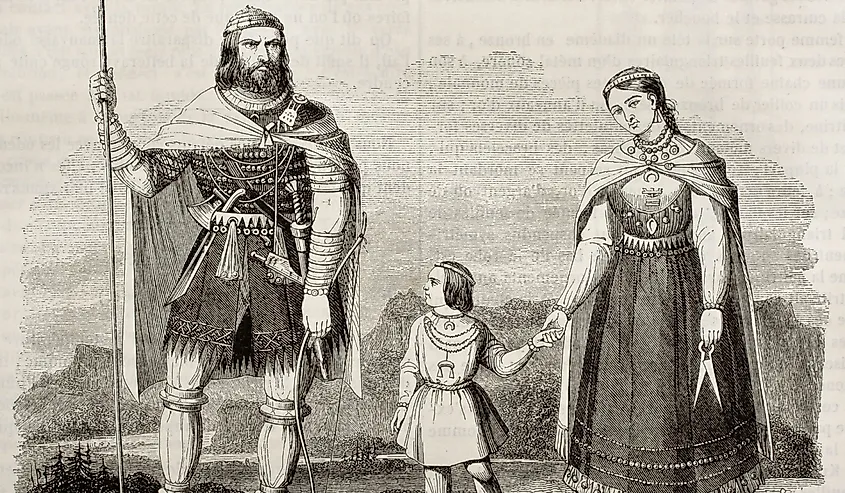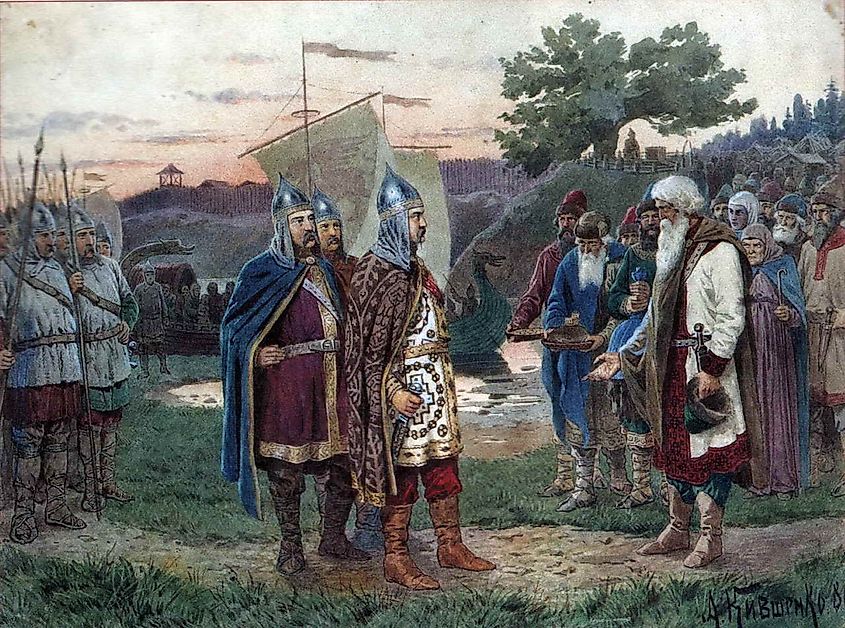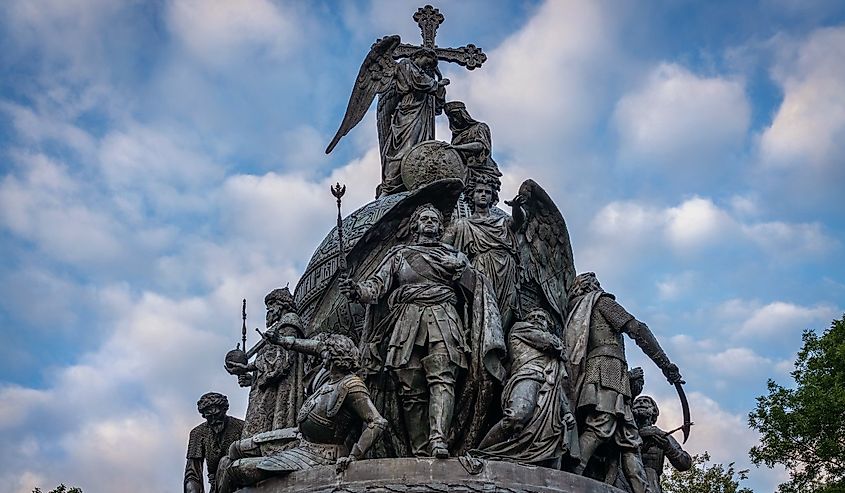
The Varangian Guard: The Vikings of Byzantium
The Vikings of Byzantium made up the Varangian Guard, serving as personal bodyguards to the Byzantine emperor. The Varangian Guard struck terror into the hearts of enemies of the Byzantine Emperor.
Who Were the Varangians?

The Varangians were Norse people. They were old east Slavic traders and settlers. Most of them were from present-day Sweden, and others were from Norway and Denmark. The word Varangian comes from different Medieval words which mean Norse people. The Norse or Varangians are also known as Vikings. When historians refer to the Varangians, they are mostly talking about the Vikings. The Vikings were raiders, traders, settlers, and mercenaries from 9th-century Scandinavia.
Early Varangian History

Contrary to popular belief, Vikings did not exclusively come from North and Western Europe. Vikings also came from Eastern Europe. The Varangians settled in the territories in modern-day Belarus, Russia, and Ukraine. Famously, the Varangians found the Volga trade route, which was an alternative trade route to Asia. The route connected Northern Europe and Northwestern Russia with the Caspian Sea and the Sasanian Empire. Most silver coins came from this eastern trade route.
This was game-changing for trade between China, India, and Central Asia. The Volga trade route went through parts of Russia and Ukraine and was near the Russian city of Novgorod. A group of Varangians, called the Rus, settled in the city of Novgorod and lived under the leadership of Viking prince Rurik. Historians are unsure what brought the Viking prince east. Rurik formed the Rurik dynasty. This was the first significant dynasty in Russian history.
The Rus and the Origin of the Varangian Guard

The origin of the Varangian guard started with a treaty between the Byzantine Emperor Basil I, and the Rus Varangians. The Byzantine Empire, also known as the eastern Roman empire, was the wealthiest region at the time. Constantinople, the capital of the eastern Roman empire, was a rich city. The abundant wealth in Constantinople made it a target for the Varangian Vikings to raid. In 860 the Rus attacked Constantinople.
The Roman depictions of the Varangians attacking showed terrifying men wearing helmets with inhuman eyes. The response of the Romans was not to launch a counterattack. Rather, they attempted to make these terrifying warriors an asset to their own army. The Romans sent missionaries instead of soldiers to the Rus.
The missionaries successfully cooperated with the Rus elites, converting some to Christianity. By the end of 860, the Rus and Byzantine empires were allies. In the early 10th century, the Rus King Oleg and Emperor Leo IV signed and negotiated an advantageous treaty, known as the Roman-Rus of 911. The treaty established a military relationship between Rus and New Rome. This included the option for the Rus to serve in the Varangian army. Being in the Byzantine army was a symbol of prestige for the Varangians.
The Varangian Guard

In 989 the newly crowned Emperor Basil II faced three challengers and wanted to weaken the influence of his rivals. The emperor sought help from the Rus’s. In exchange for his sister’s hand in marriage to the Rus prince, Vladimir the Great granted emperor Basil II 6,000 Varangians. Having these troops was pivotal for the emperor. While he had the Varangian troops, Emperor Basil II had no sword drawn against him.
The Varangian Guard was an elite section of the Byzantium emperor’s army that served as the emperor's personal bodyguards. The Varangians received a reward of riches for their service from the Romans. The guard kept close to the emperor, forming "The Varangians of the city." The Varangian Guard was only able to leave the city at the request of the emperor himself. They accompanied the emperor wherever he went, whether church or to deliver a speech. They spent most of their time watching over the emperor or prisons, not actually fighting in battles.
The End of the Varangian Guard
The Varangian guard served the Emperors of Byzantium for approximately five centuries. The guard was with the Byzantine Empire during the Fourth Crusade in 1204. Although the guard fled the battle, some historians dispute this. Instead, they do not believe the Varangians received proper payment, causing them to flee.
In 1453, the Ottoman Sultan overtook the Byzantine Empire. With the decline of the Byzantine Empire came the end of the Varangian guard. The last known reference in history to the Varangian guard is from the 15th century. However, their function after the decline of the Byzantine Empire might have been purely ceremonial.











